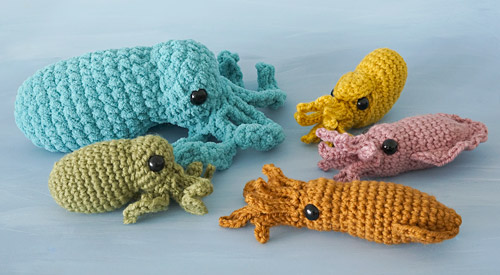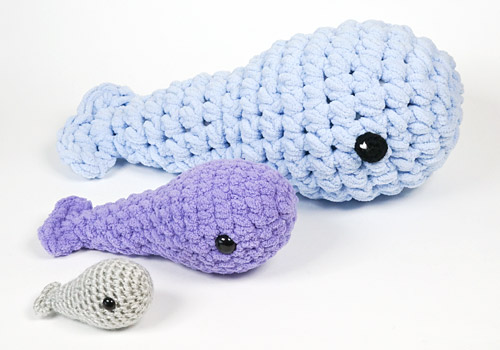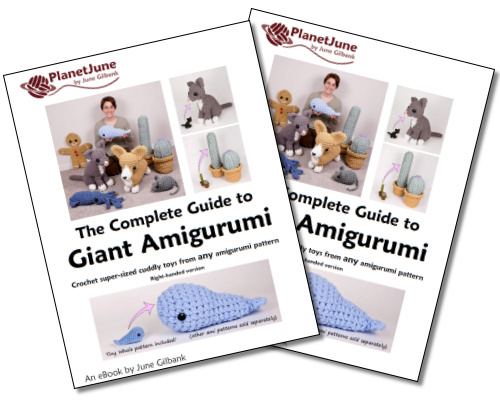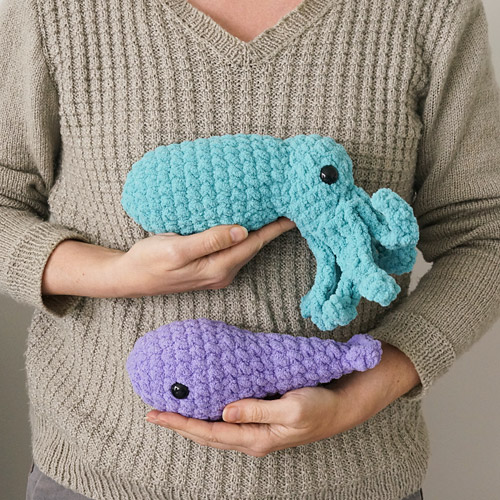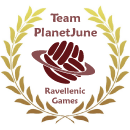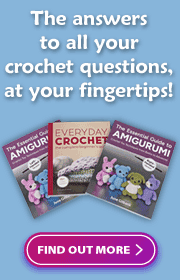The fifth annual PlanetJune Reindeer Games CAL begins today!
The Reindeer Games is PlanetJune’s annual end-of-year crochet-along and online community event. You can join by submitting photos of your PJ projects to the gallery, and chatting with us in the CAL threads on Discord and Ravelry.
I can’t wait to see the gallery of beautiful projects that will emerge as we head toward the end of the year – I hope you’ll join us!
Reindeer Games 2025 CAL
Crochet anything PlanetJune as part of the PlanetJune Reindeer Games 2025 (Friday, Nov 1 – Tuesday, Dec 31).
The idea of the games is to challenge yourself by starting and finishing crochet project(s) before the end of the year. It’s just for fun, like a CAL but you get to choose your projects – anything PlanetJune, including projects from my books – and earn virtual awards! Here’s last year’s gallery to give you an idea:
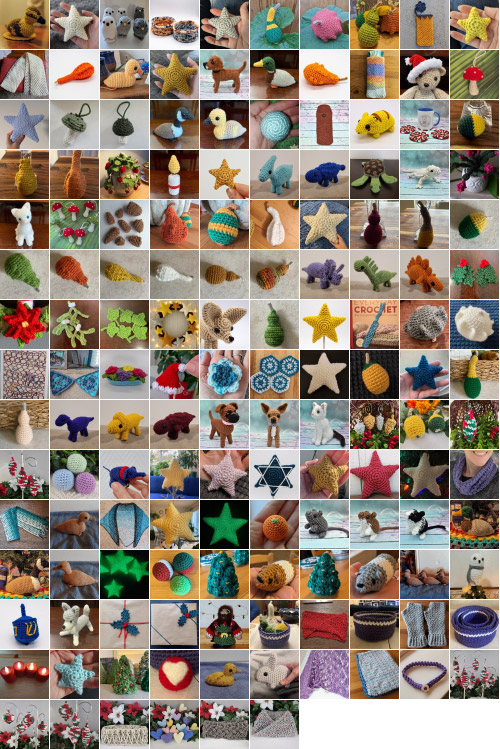
The Reindeer Games are always so much fun, whether you’re making one tiny decoration, trying to finish that WIP you’ve been neglecting, or crocheting a dozen holiday gifts – we’re a cozy group of crafty friends from all over the world, crocheting and chatting away. It’s all text chat, so you can pop in and catch up whenever you want.
If you’re looking for low-pressure online socializing with warm and friendly crocheters, you’ll find your people here, and we’d love to welcome you.
How to Join
- Pick any PlanetJune pattern
- Join us on Discord (#reindeer-games-2025 channel) or Ravelry (Reindeer Games 2025 thread)
- Add your project photos to the Reindeer Games gallery
(We’re most active on Discord, but you can choose the platform that works best for you, or join us in both places!)
Visit the Reindeer Games site for full instructions, the list of stalls (categories) and antlers (bonus awards) you can win, the 2025 gallery and awards, plus archives from previous years.
Project Ideas
You can enter the Reindeer Games by making absolutely anything based on a PlanetJune pattern (or something from any of my books) – so you have hundreds of crochet patterns to choose from (including dozens of free options, if cashflow is tight).
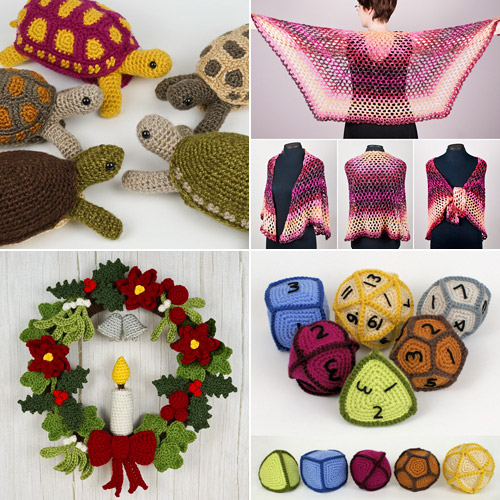 Realistic animals, elegant accessories, unique toys, seasonal decor – there’s something for everyone…
Realistic animals, elegant accessories, unique toys, seasonal decor – there’s something for everyone…
Take a look at the PlanetJune shop for more pattern inspiration, or grab your copy of any of my books and pick a pattern. 🙂
More Cozy Fun
While we’re mostly here for the crochet and chat, we also have a couple of optional side quests in the Discord group:
This year, the talented Kimberly B. (PsychoGryphon) has created a Reindeer Games Village map for us, so we can finally see our village, with an added bonus game: she’s scattered PlanetJune references throughout the virtual world she built to create the map, so you can explore the photo albums for each area and see how many references to PJ patterns and Reindeer Games antlers you can find!
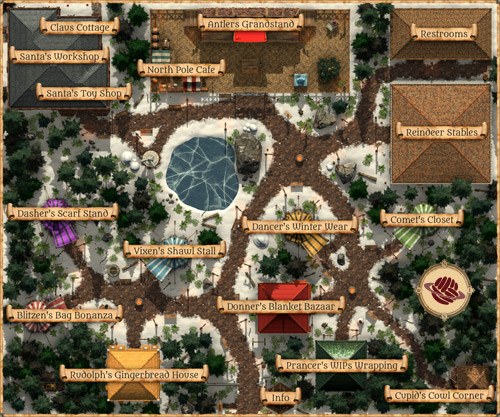
And we’re also having a different kind of CAL – a Christmas Cake-along! We use my traditional British recipe (with as many adaptations as you like) as the base for holiday fruitcakes: we’ll start our cakes in the next couple of weeks and let them mature before covering them in marzipan and icing (if you want) and decorating them for the holidays.
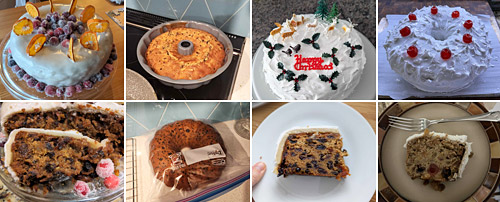 Some of our 2024 Christmas cakes – iced and sliced!
Some of our 2024 Christmas cakes – iced and sliced!
You can also share your own holiday tradition recipes for us to all try, so we can bake and enjoy together from anywhere in the world. It’s like a virtual cookie swap for our little community ♥
Join Us!
I do hope you’ll join us for the Reindeer Games 2025 – it’s going to be so much fun, and I can’t wait to see the project gallery start to fill up with our beautiful crocheted projects by the end of the year. Whether you’re trying to finish some WIPs, crocheting Christmas gifts, treating yourself to a new PlanetJune pattern, or just want some company as we head into the holidays, we’ll cheer you on as you work towards your crochet goals, and we’re ready to celebrate your successes with you!
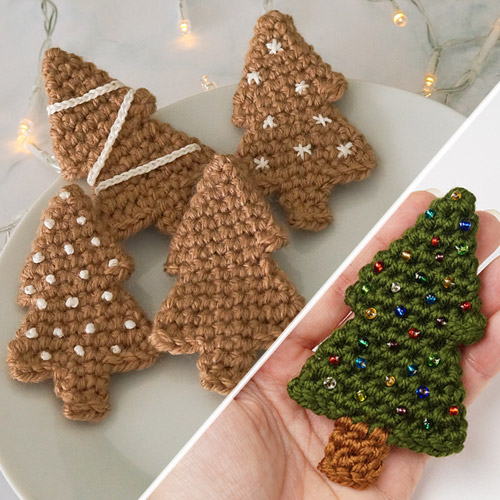
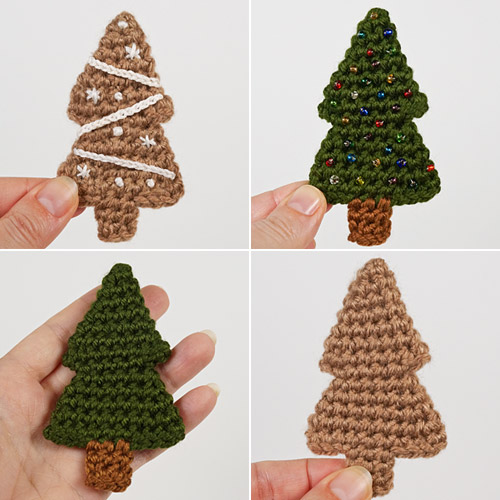
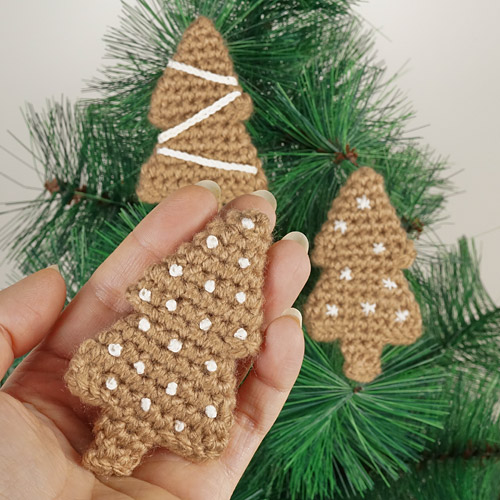
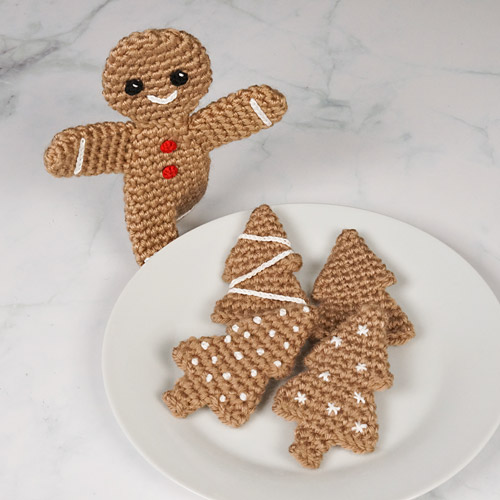

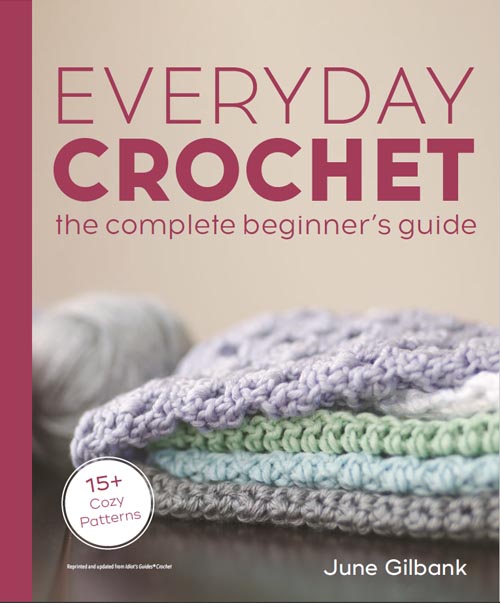
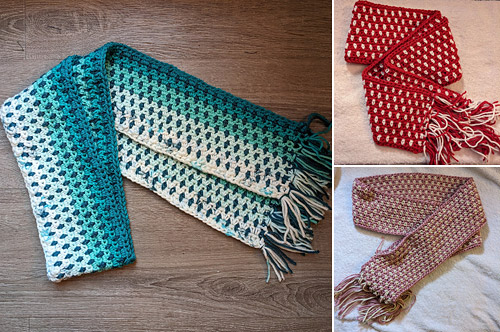
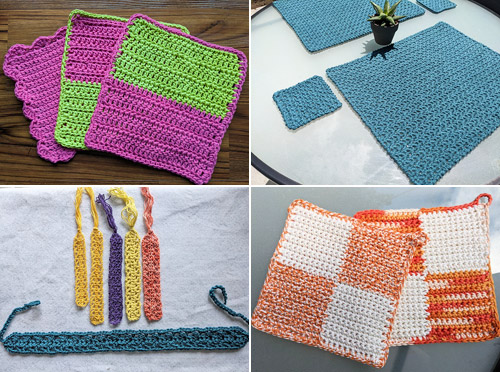
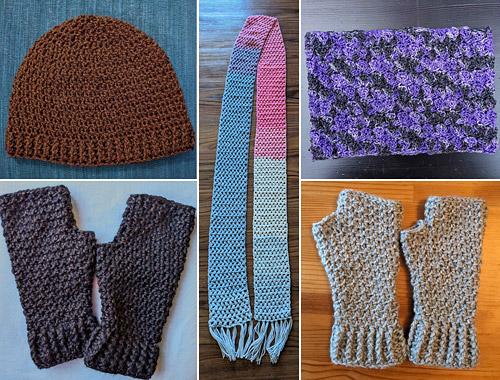
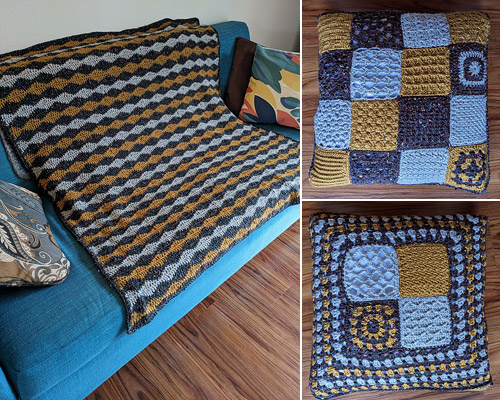
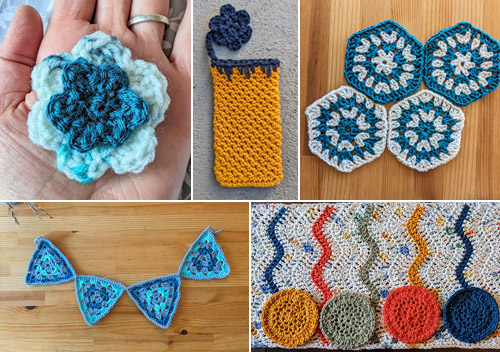
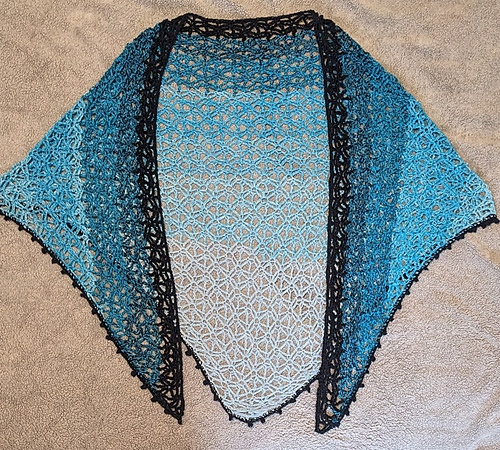
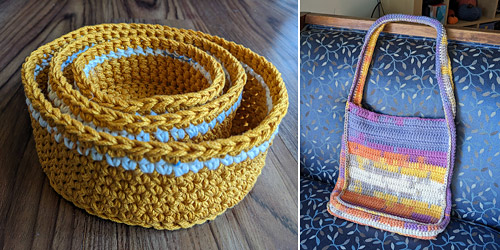



 Realistic animals, elegant accessories, unique toys, seasonal decor – there’s something for everyone…
Realistic animals, elegant accessories, unique toys, seasonal decor – there’s something for everyone…
 Some of our 2024 Christmas cakes – iced and sliced!
Some of our 2024 Christmas cakes – iced and sliced! 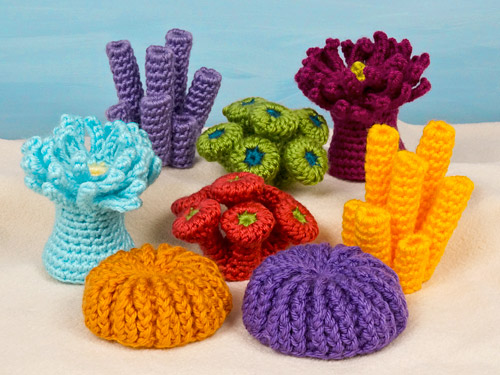
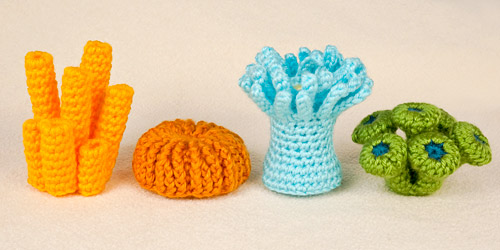 Coral Reef Collection 2 includes (L-R): Tube Sponge (Aplysina), Mushroom Coral (Fungia), Sea Anemone (Actinaria), and Trumpet Coral (Caulastraea) crochet patterns.
Coral Reef Collection 2 includes (L-R): Tube Sponge (Aplysina), Mushroom Coral (Fungia), Sea Anemone (Actinaria), and Trumpet Coral (Caulastraea) crochet patterns. 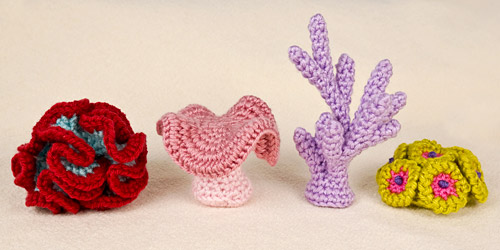 Coral Reef Collection 1 includes (L-R): Brain Coral (Symphyllia), Toadstool Leather Coral (Sarcophyton), Staghorn Coral (Acropora), and Button Polyps (Zoanthus) crochet patterns.
Coral Reef Collection 1 includes (L-R): Brain Coral (Symphyllia), Toadstool Leather Coral (Sarcophyton), Staghorn Coral (Acropora), and Button Polyps (Zoanthus) crochet patterns.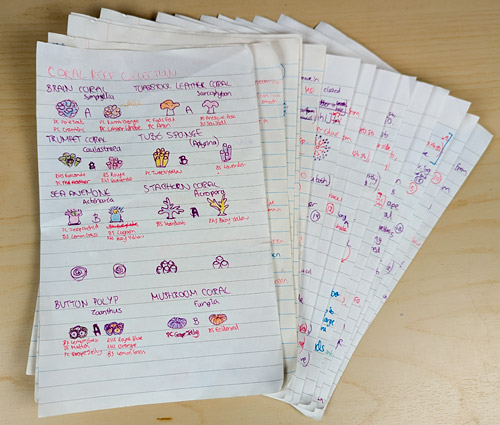 Lots and lots of notes – and fun with coloured pencils to help me balance the yarn shades between the sets!
Lots and lots of notes – and fun with coloured pencils to help me balance the yarn shades between the sets!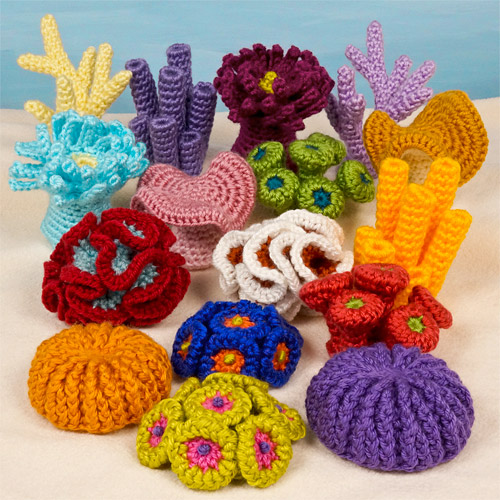
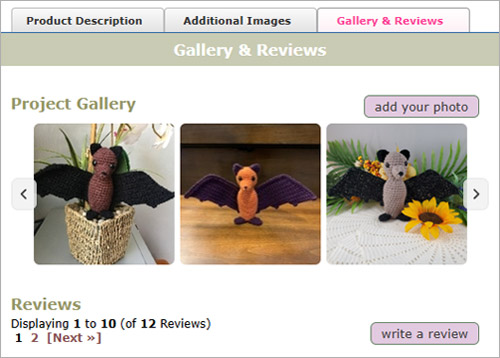
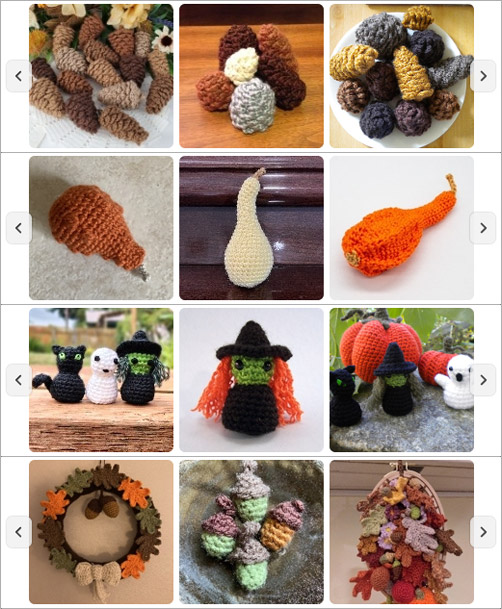
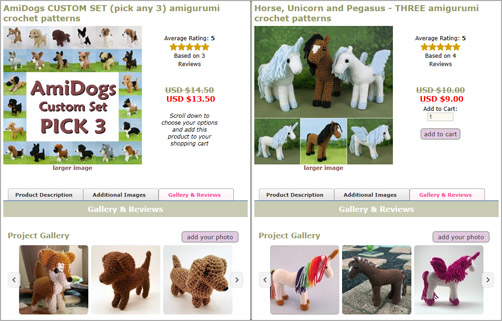

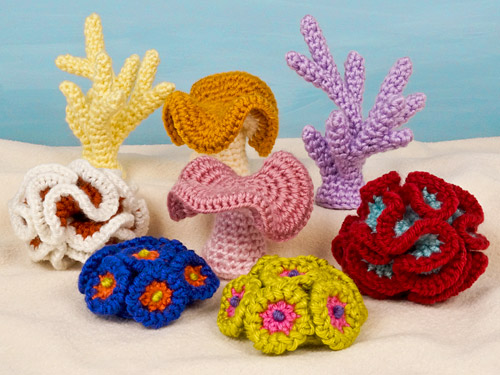
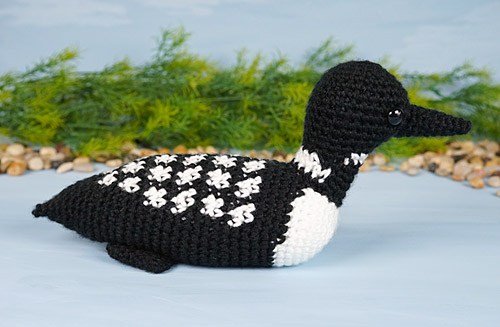
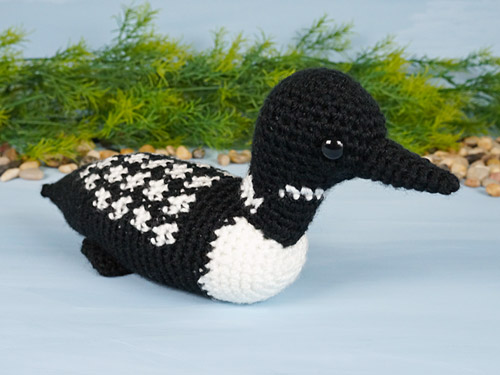
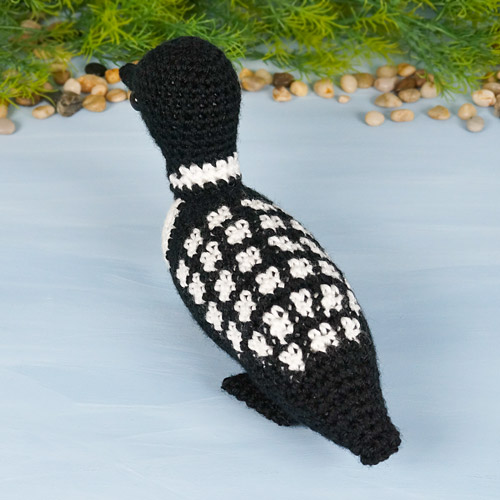
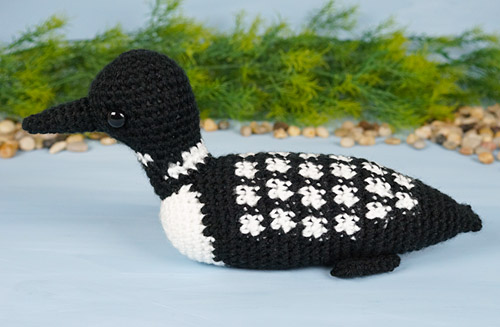

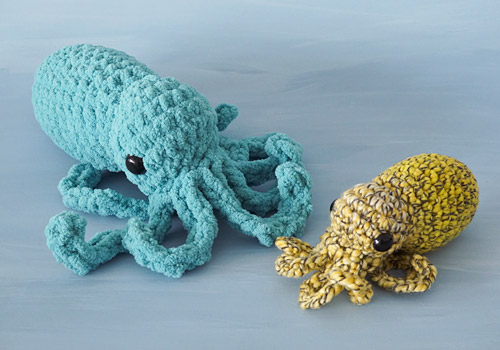 A double-sized octopus (left) has twice the size and twice the snuggliness of a standard-sized octopus (right)!
A double-sized octopus (left) has twice the size and twice the snuggliness of a standard-sized octopus (right)!